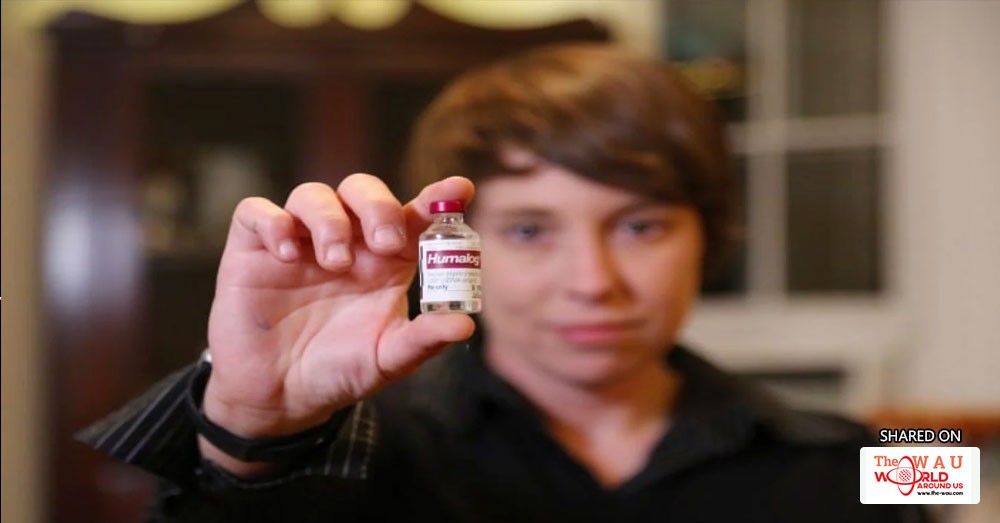At first, the researchers who discovered insulin agonized about whether to patent the drug at all. It was 1921, and the team of biochemists and physicians based in Toronto was troubled by the idea of profiting from a medicine that had such widespread human value, one that could transform diabetes from a death sentence into a manageable disease.
Ultimately, they decided to file for a patent — and promptly sold it to the University of Toronto for $3, or $1 for each person listed. It was the best way, they believed, to ensure that no company would have a monopoly and patients would have affordable access to a safe, effective drug.
“Above all, these were discoverers who were trying to do a great humanitarian thing,” said historian Michael Bliss, “and they hoped their discovery was a kind of gift to humanity.”
Economy & Business Alerts
Breaking news about economic and business issues.
But the drug also has become a gift to the pharmaceutical industry. A version of insulin that carried a list price of $17 a vial in 1997 is priced at $138 today. Another that launched two decades ago with a sticker price of $21 a vial has been increased to $255.
Seventy-five years after the original insulin patent expired — a point at which drug prices usually decline — three companies have made incremental improvements to insulin that generate new patents and profits, creating a family of modern insulins worth billions of dollars.

The history of insulin captures one of the mystifying complexities of the pharmaceutical market — how long-standing drugs become more expensive with time and competition fails to hold down prices. Companies point to improvements in their drugs, but medical experts say some of those changes are simply a strategy to keep prices high with new patent protections. They question how much the molecular tweaks to insulin really improve patients’ health.
Some of the improvements have been substantial, replacing insulin derived from animals with a genetically engineered human version with fewer side effects. But the latest generation of “ultra-long acting” insulins, in particular, has generated a debate about whether the newest versions are really worth the cost.
“I don’t think it takes a cynic such as myself to see most of these drugs are being developed to preserve patent protection,” said David Nathan, a Harvard Medical School professor. “The truth is they are marginally different, and the clinical benefits of them over the older drugs have been zero.”
The nation faces a diabetes epidemic: About 6 million American adults depend on the drug. As is true with many medicines, most patients don’t pay the full list price. The rising cost of insulin is often masked by health insurance.
But people with gaps in insurance, skimpy health coverage, or who break or lose a vial have learned the hard way how much the price has risen.
...[ Continue to next page ]
Share This Post















